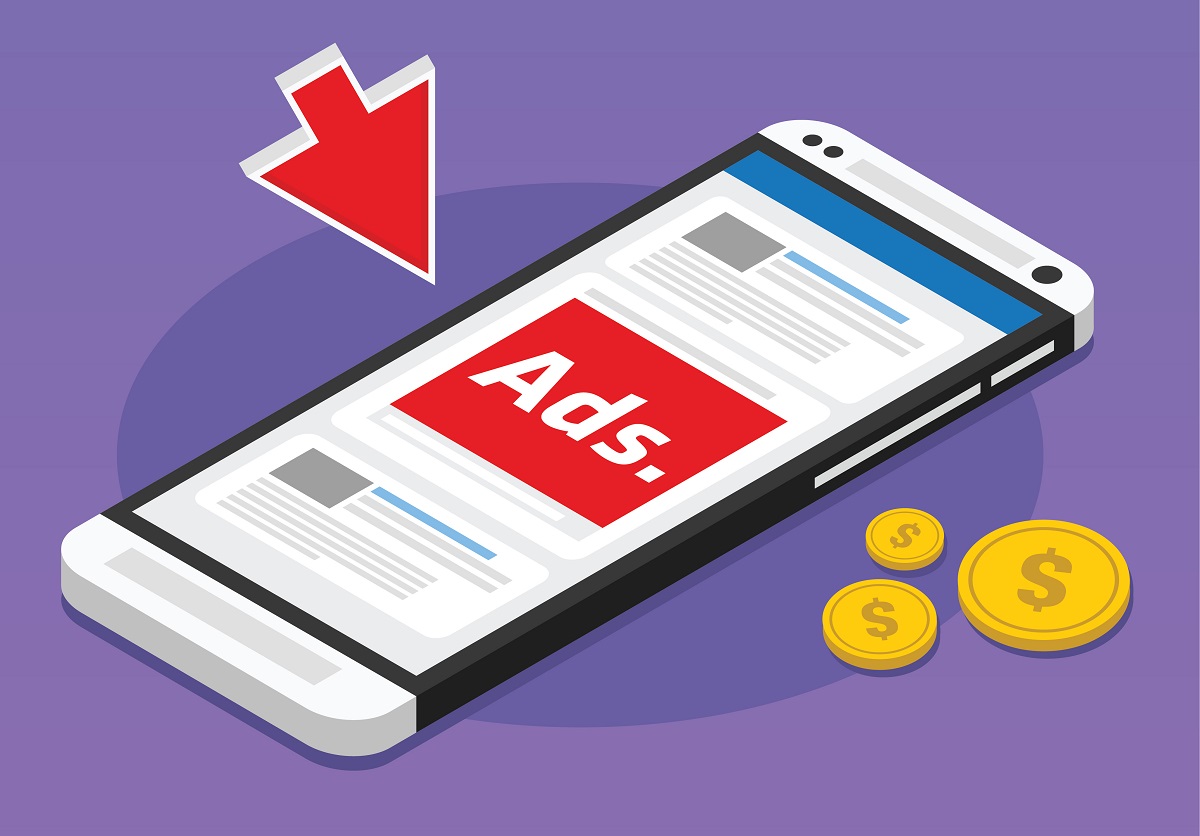
62 percent of ad-blocking installs in 2016 were on mobile devices. Source: Shutterstock
Ad-blocking increasing at an alarming rate, publishing industry needs to take heed
IN a 2015 industry report by consultancy group PageFair, it was estimated losses due to ad-blocking were approximately US$22 billion globally. While this is perhaps still a small slice of the pie – compared to the US$170.5 billion global digital ad expenditure that grossed that year – what is alarming for advertisers and publishers alike is the growth rate.
Ad-blocking is reportedly growing 40 percent annually, and as of end 2016, there were over 600 million devices that implemented some form of ad-blocking software.
What’s alarming is the growth rate. In its 2016 update, PageFair found more than 140 million devices started implementing ad-blocking from end-2015 to end-2016, and the trend is seen to continue upward.
Why the concern about ads?

Source: Shutterstock/Achmad Fahmi Rosyad
To consumers, ad-blocking is a way to retain control over the content they consume. A big proportion cites security as the main reason for blocking ads, while many also cite “interruption” as the reason they install ad-blockers on their computers and mobile devices.
Speaking to Business Insider, PageFair head of ecosystem Dr Johnny Ryan says users are becoming savvier with their digital privacy and security.
“[Ad-blocker usage] has grown to a broader demographic for whom [an ad-blocker] is akin to using a remote control [to skip ads on TV],” he said.
“The genie is out of the bottle and if the industry had taken privacy and data protection seriously this might not have happened.”
SEE ALSO: WATCH: Google faces major fallout as brands withdraw YouTube advertising
For publishers and advertisers, this could be worrisome, especially with advertising being one of the major sources of revenue in an environment where free content is the norm.
Ad-blocking is seen as a safe haven of sorts, where users believe they are merely pushing back as publishers and advertisers are crossing boundaries in what is already a fragile relationship between publishers and users.
There are two sides of the argument here:
- Content developers are suddenly feeling the crunch because one of their main sources of revenue is being pulled out from right under them;
- Users believe it is their right to gain access to, and consume, content for free, and the display of advertising is a betrayal on the part of publishers.
Even massive platforms like Google are losing a lot of money. It lost billions of dollars in potential revenue before whitelisting its AdWords platform with AdBlock Plus – which cost them billions of dollars in additional expense.
Even Facebook is not immune to the negative impacts of ad-blocking, losing an estimated US$1.1 billion in 2016 to ad blockers.
Interestingly, a large part of the trend comes from mobile devices – 62 percent of ad-blocking installs in 2016 were on mobile devices. According to PageFair’s data, the growth of ad-blocking on mobile devices accelerates at a higher rate than that on desktops. Perhaps with the limited screen real-estate that smartphones and tablets provide, ad-blocking might be more of a valid argument, compared to desktops.
Any solutions?

Ad-blocking can prove to be troublesome for businesses. Source: Shutterstock/Adha Ghazali
Of course, it goes without saying marketers and advertisers are also impacted by this trend, as ad-blocking can severely limit the visibility of their messaging. Among possible solutions being put forward to address this trend are:
- Deploy anti ad-blocking scripts. Publishers can utilize anti ad-blockers in their code, which will detect an ad-blocking user, blacklist the provider and create a new script that forces ads through the filters. However, be warned – this is probably a lose-lose situation for everyone involved since it will appear the publisher is forcing ads to appear even when a user has opted out.
- Block ad-blocking users. Disallowing access to those who have installed ad-blocking software on their devices could be another solution. Unfortunately, this could backfire; a Forbes study determined this strategy turns away 58 percent of users, who are most likely to go to a competing publication.
- Use a paywall. Subscriptions have been a long-time revenue source for magazines and newspapers. Large publications still put up successful paywalls, with some offering a “freemium” model that lets users access a few articles per month but have to pay for more content.
- Ad whitelisting. This might be the anathema of ad-blocking. It can be recalled AdBlocker Plus implemented white-listing of ads on its platform, which was quite controversial and ironic, given the platform itself is espousing an ad-free user experience. This significantly reduces the value of publications’ digital real-estate, however, as only text-based ads go through, thus severely impacting revenues and reach.
Publishers and advertisers will need to find solutions that will enable them to effectively monetize content, while at the same time ensuring a good user experience so that end-users do not resort to ad-blocking. So far, the aforementioned solutions only seek to recoup revenues lost to ad blockers.
SEE ALSO: Facebook now has 5 million advertisers and wants more SMEs on board
Perhaps what is needed, moving forward, is for publishers and advertisers to find more innovative solutions that move away from an advertiser-centric perspective toward a more egalitarian approach that will greatly take into consideration how to drive value for all involved – end-users, advertisers, and publishers.
It will also be a massive opportunity for anybody that can envision and enable such a solution, heralding the era of a significantly new model for content distribution and monetization.
READ MORE
- Safer Automation: How Sophic and Firmus Succeeded in Malaysia with MDEC’s Support
- Privilege granted, not gained: Intelligent authorization for enhanced infrastructure productivity
- Low-Code produces the Proof-of-Possibilities
- New Wearables Enable Staff to Work Faster and Safer
- Experts weigh in on Oracle’s departure from adland
